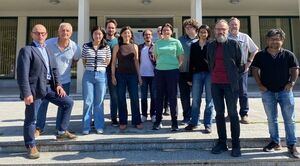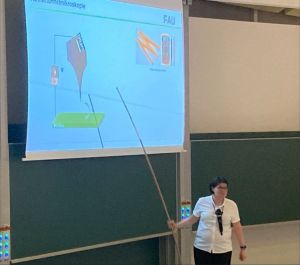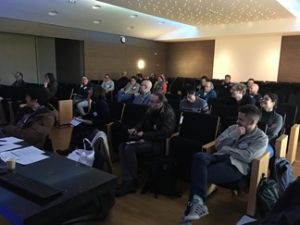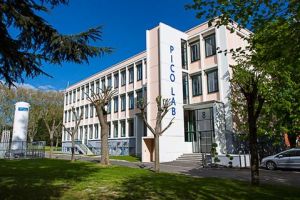
ESiM Project News
Dresden Science Night 2023 and 2024 Participation by ESiM
Published on in ESIM NEWS
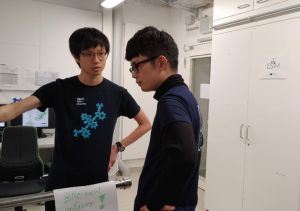
Read more … Dresden Science Night 2023 and 2024 Participation by ESiM
ESiM Workshop "Functioning Molecular Photoswitches for Energy Storage and Beyond"
Published on in ESIM NEWS

Read more … ESiM Workshop "Functioning Molecular Photoswitches for Energy Storage and Beyond"
ESiM welcomes FAU and UPC as new partners to the Consortium
Published on in ESIM NEWS
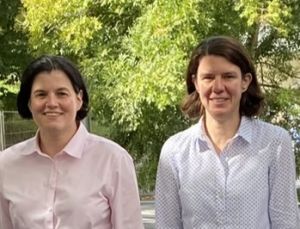
First ESiM publication: A Nanocar and Rotor in one molecule
Published on in ESIM NEWS
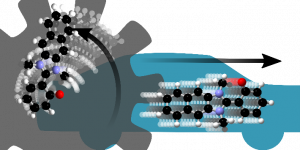
Read more … First ESiM publication: A Nanocar and Rotor in one molecule
Page 1 of 2






